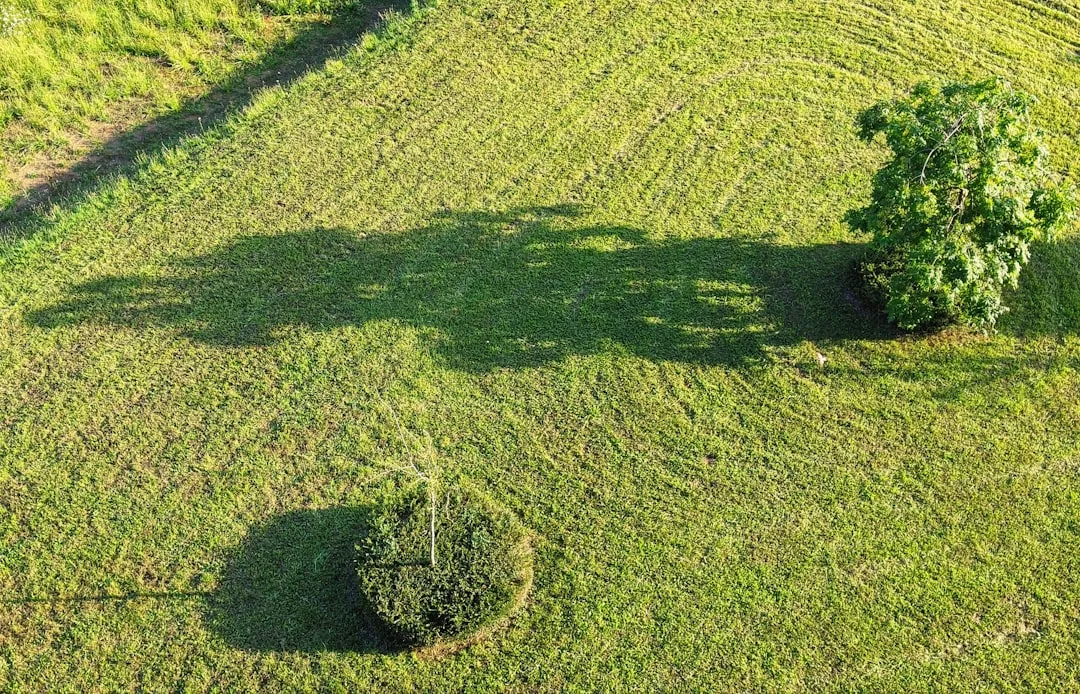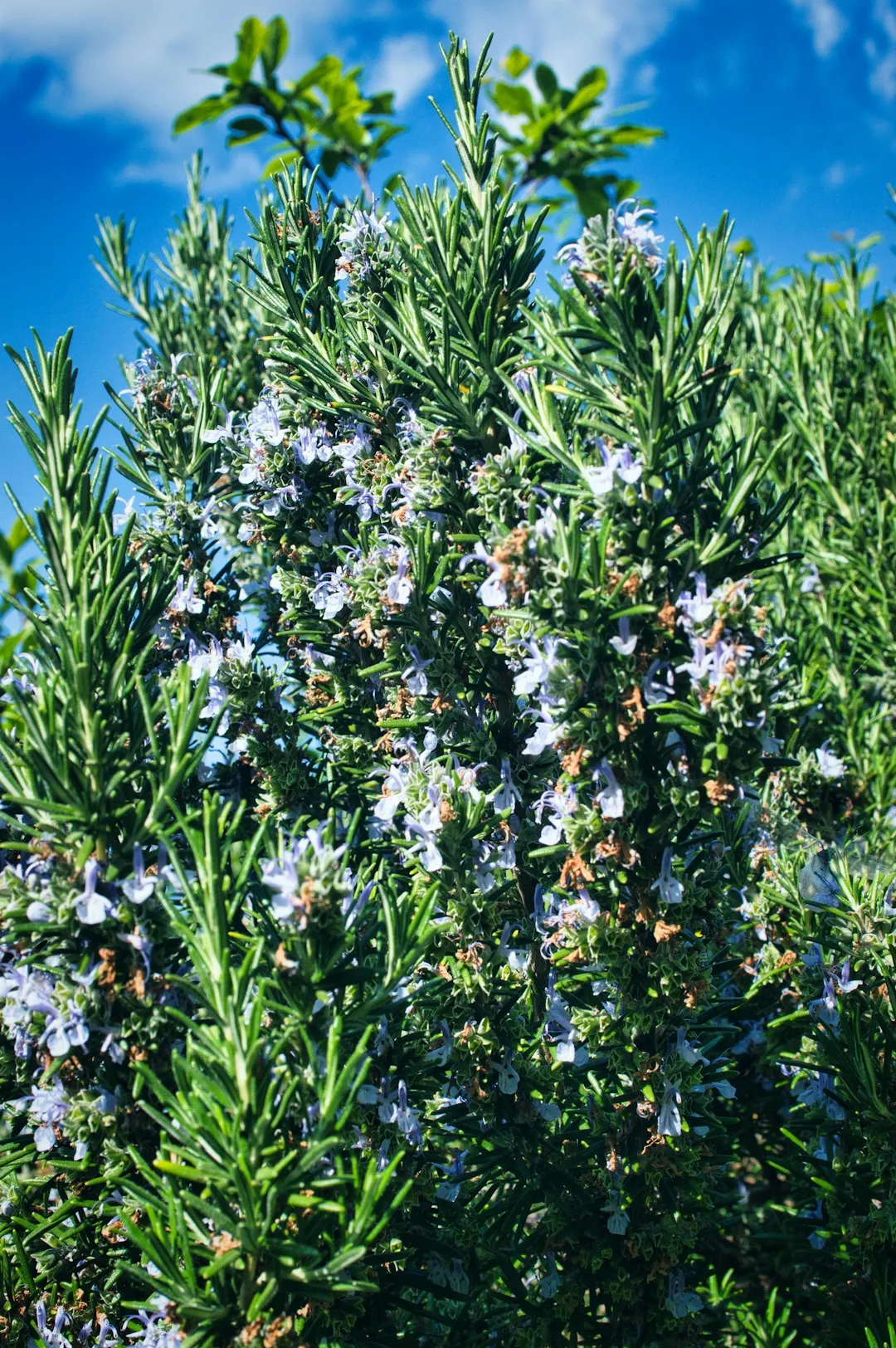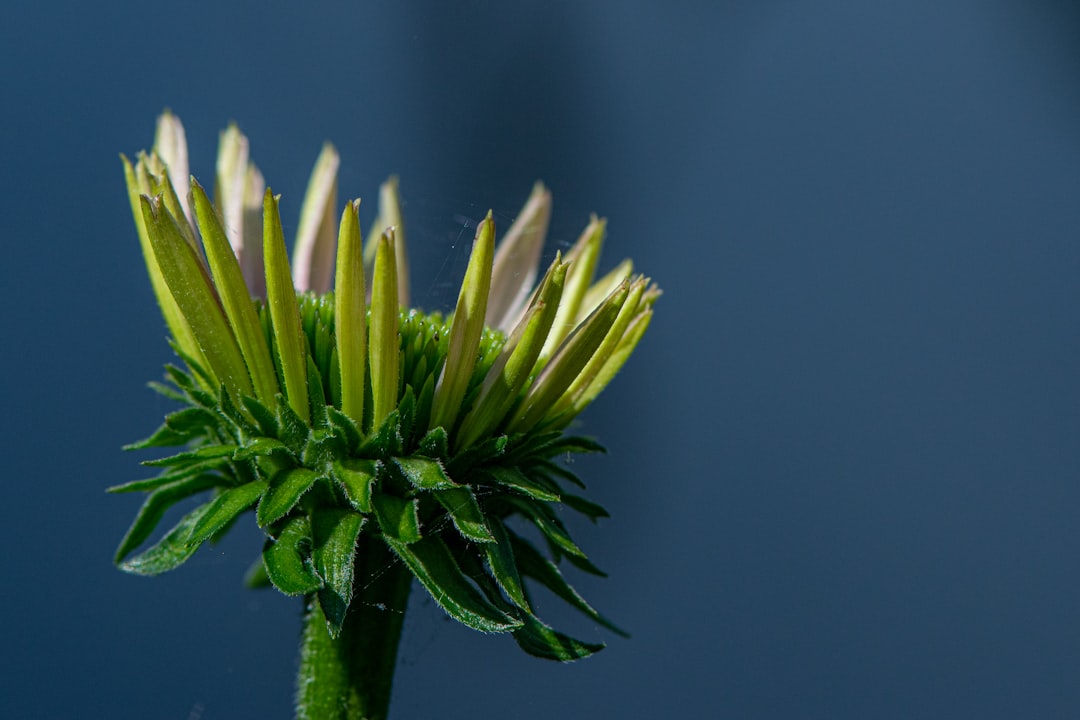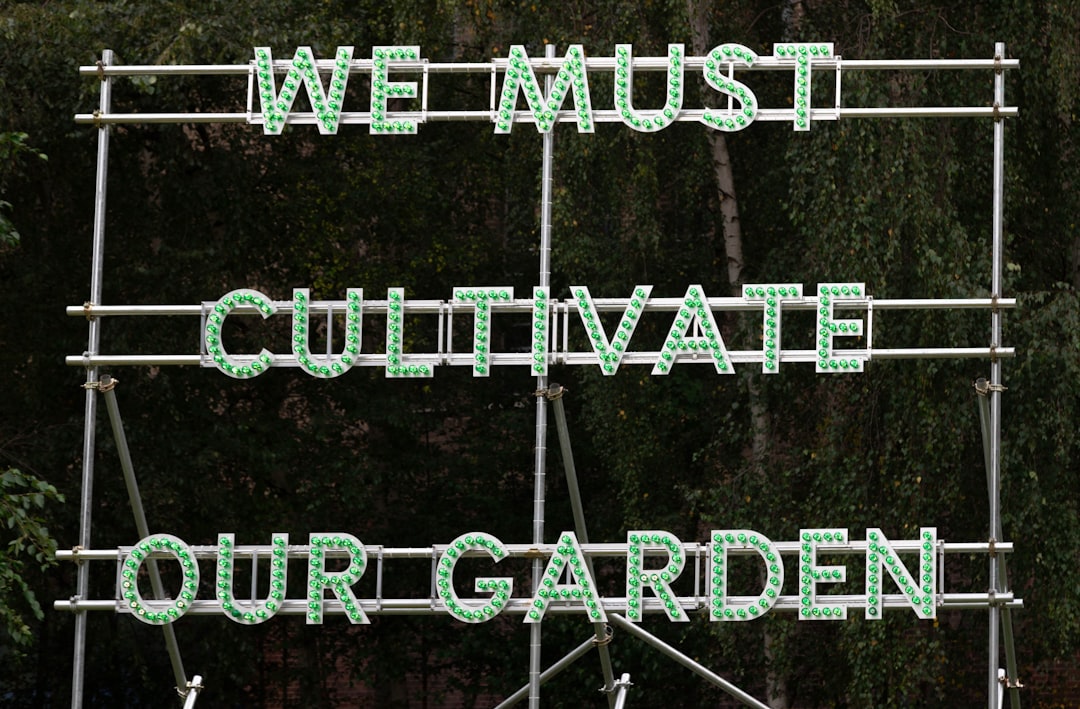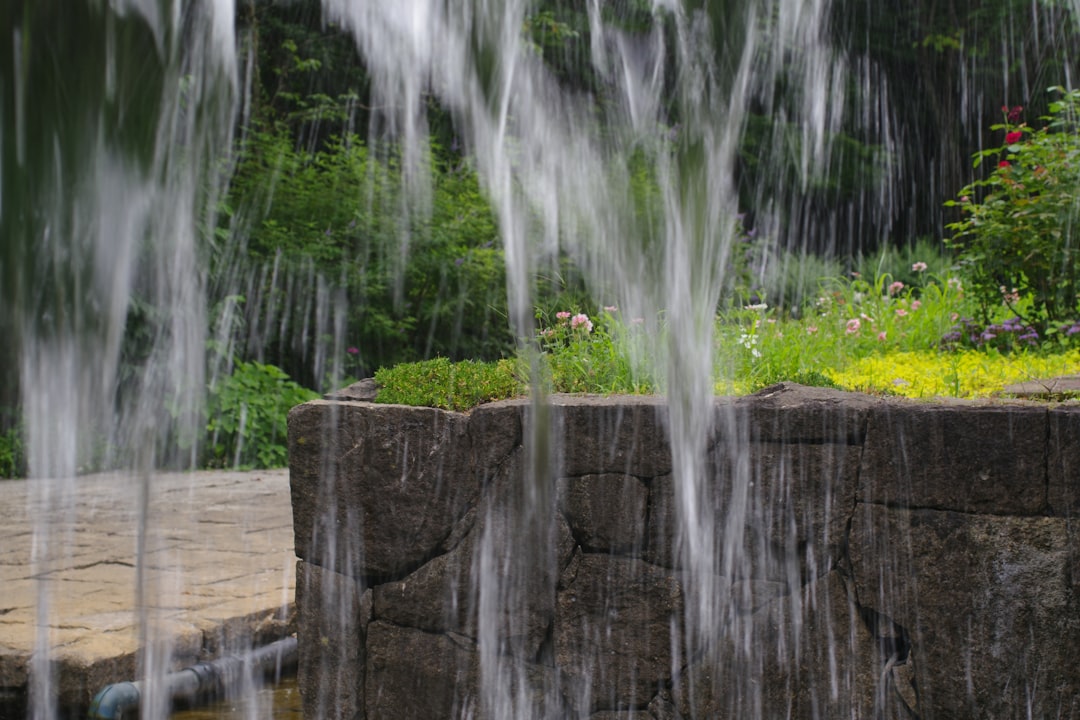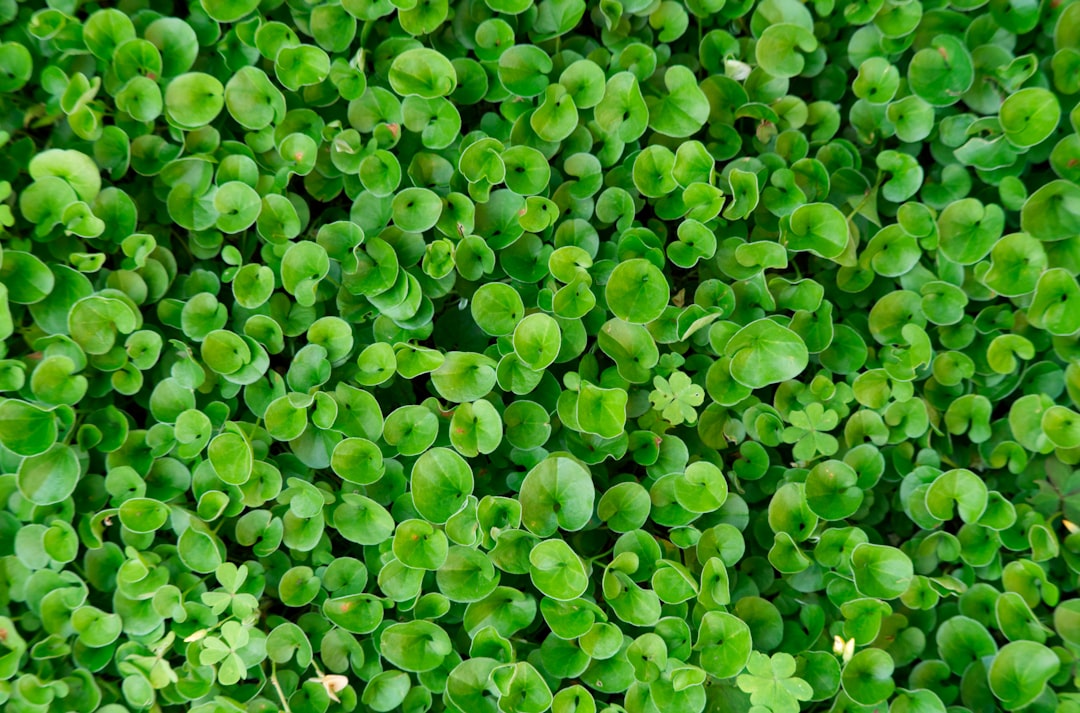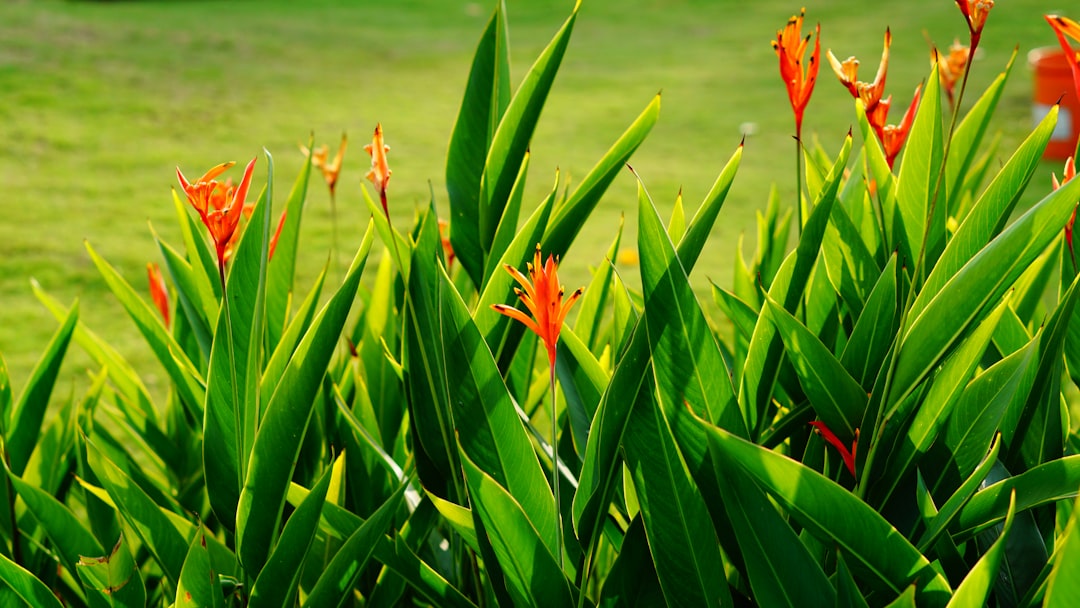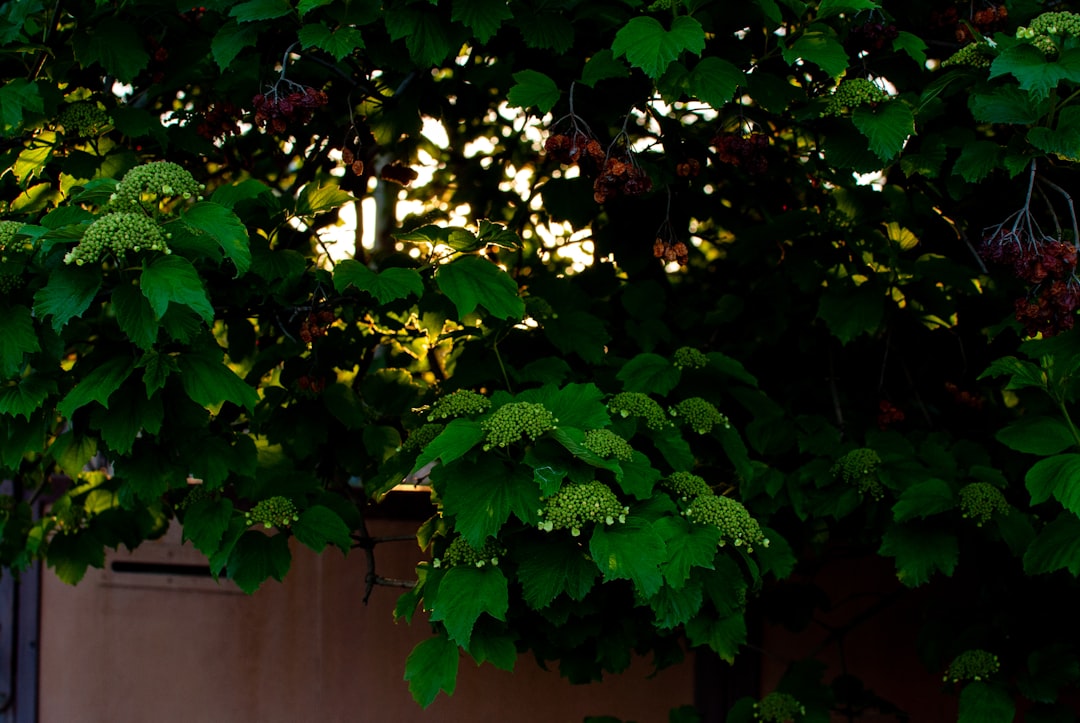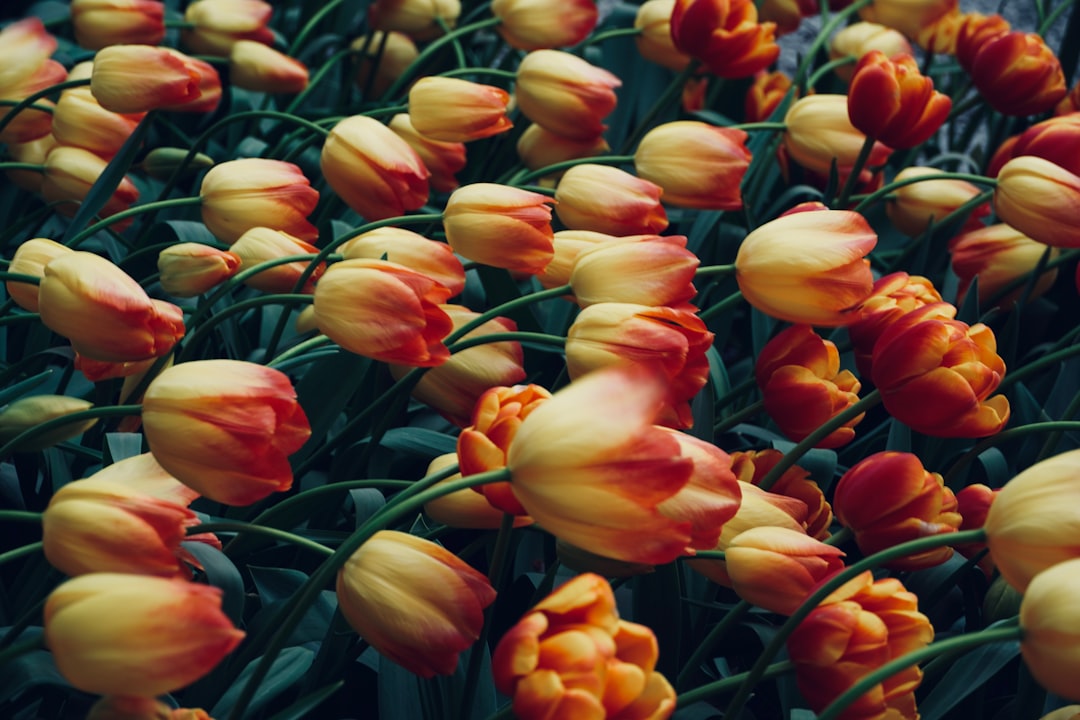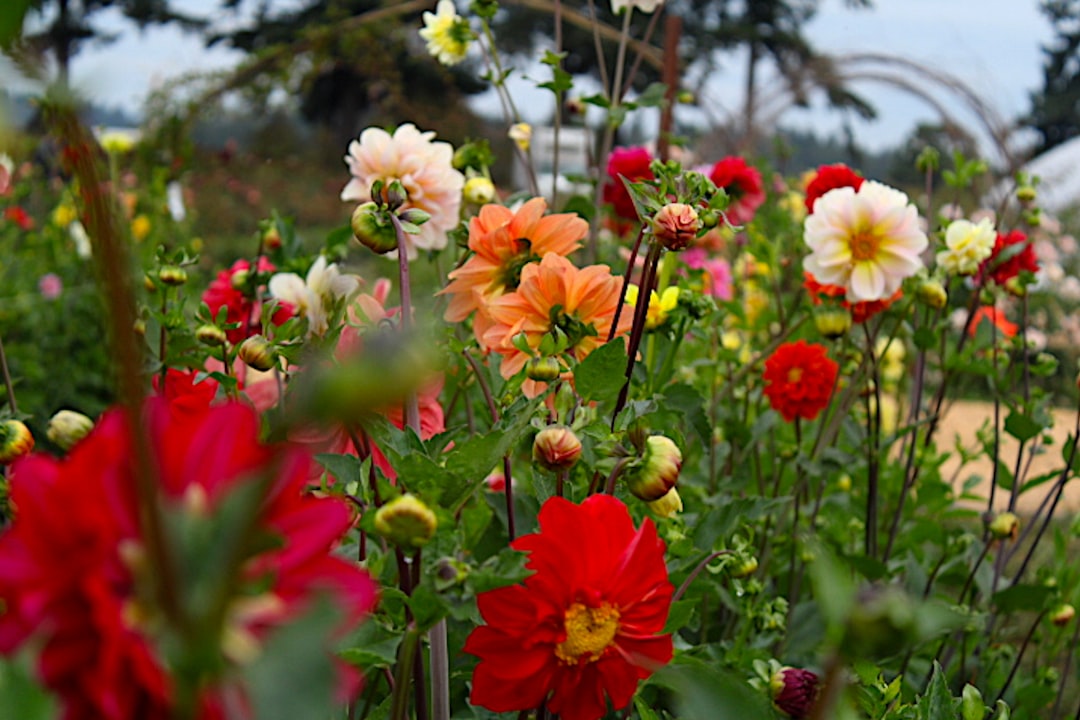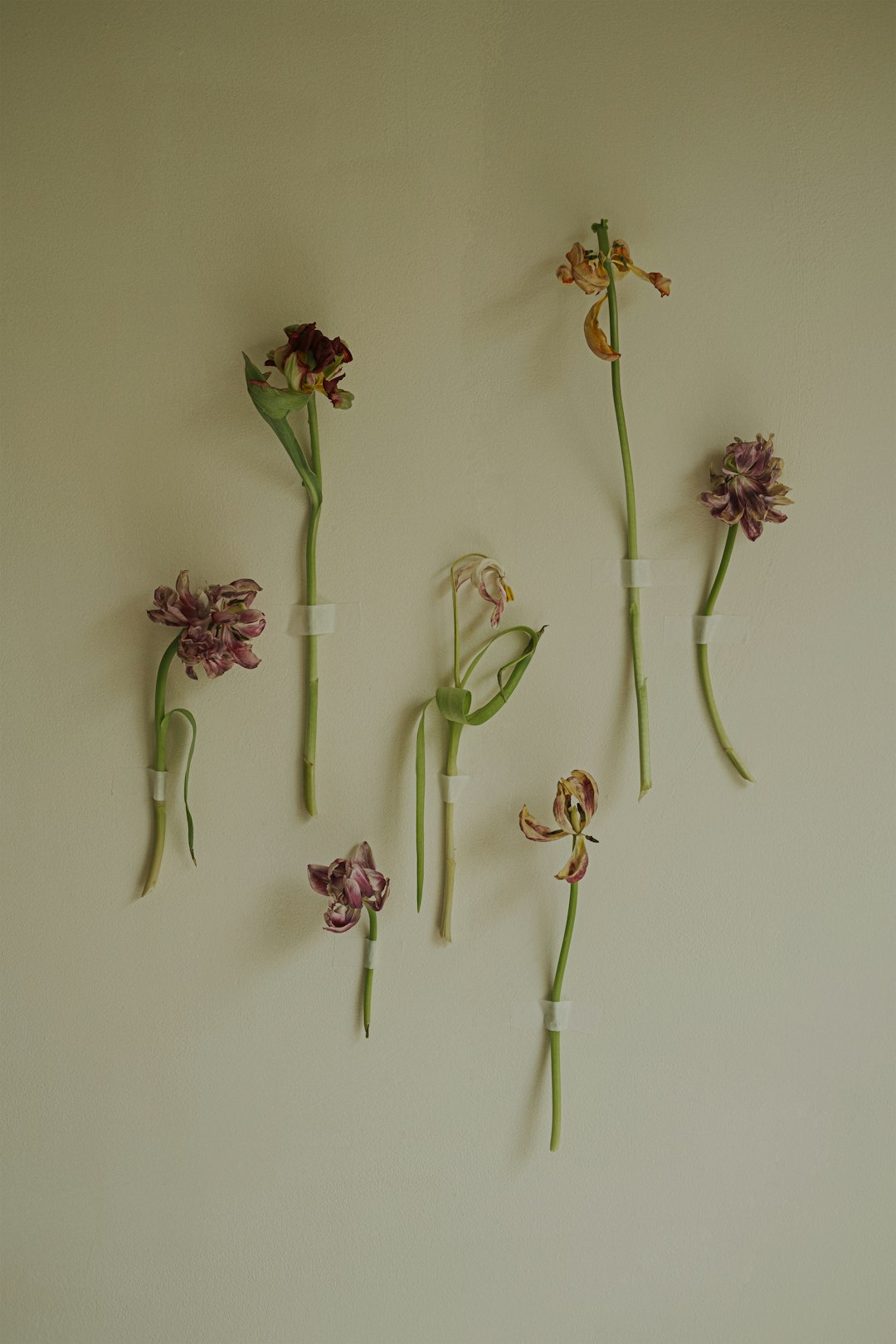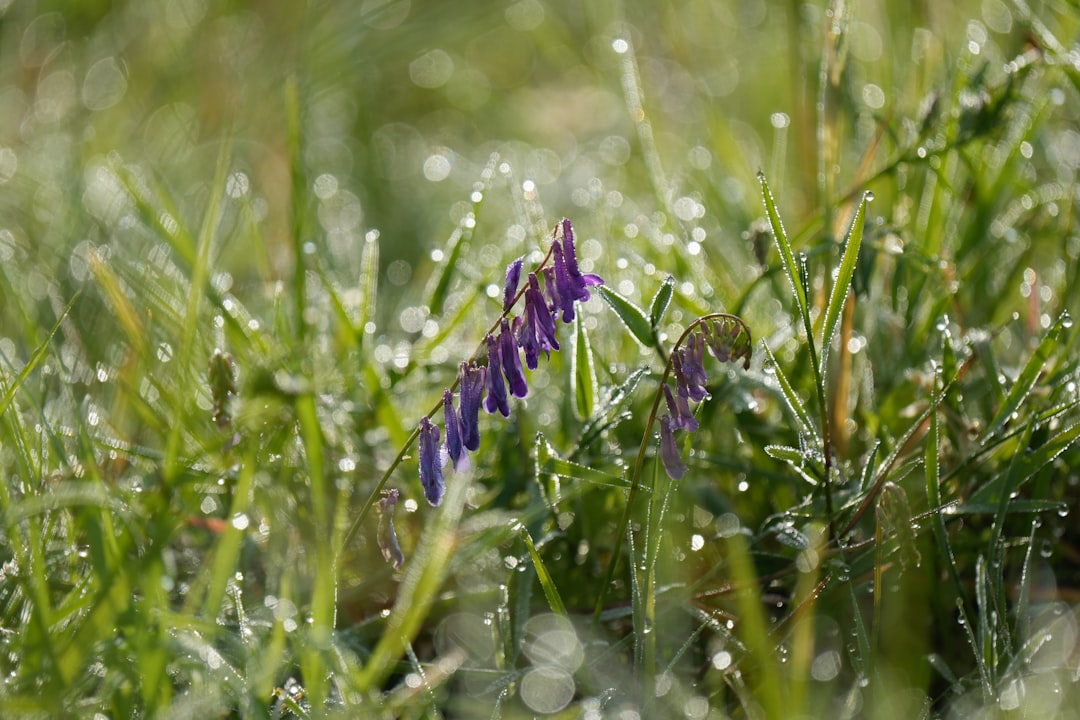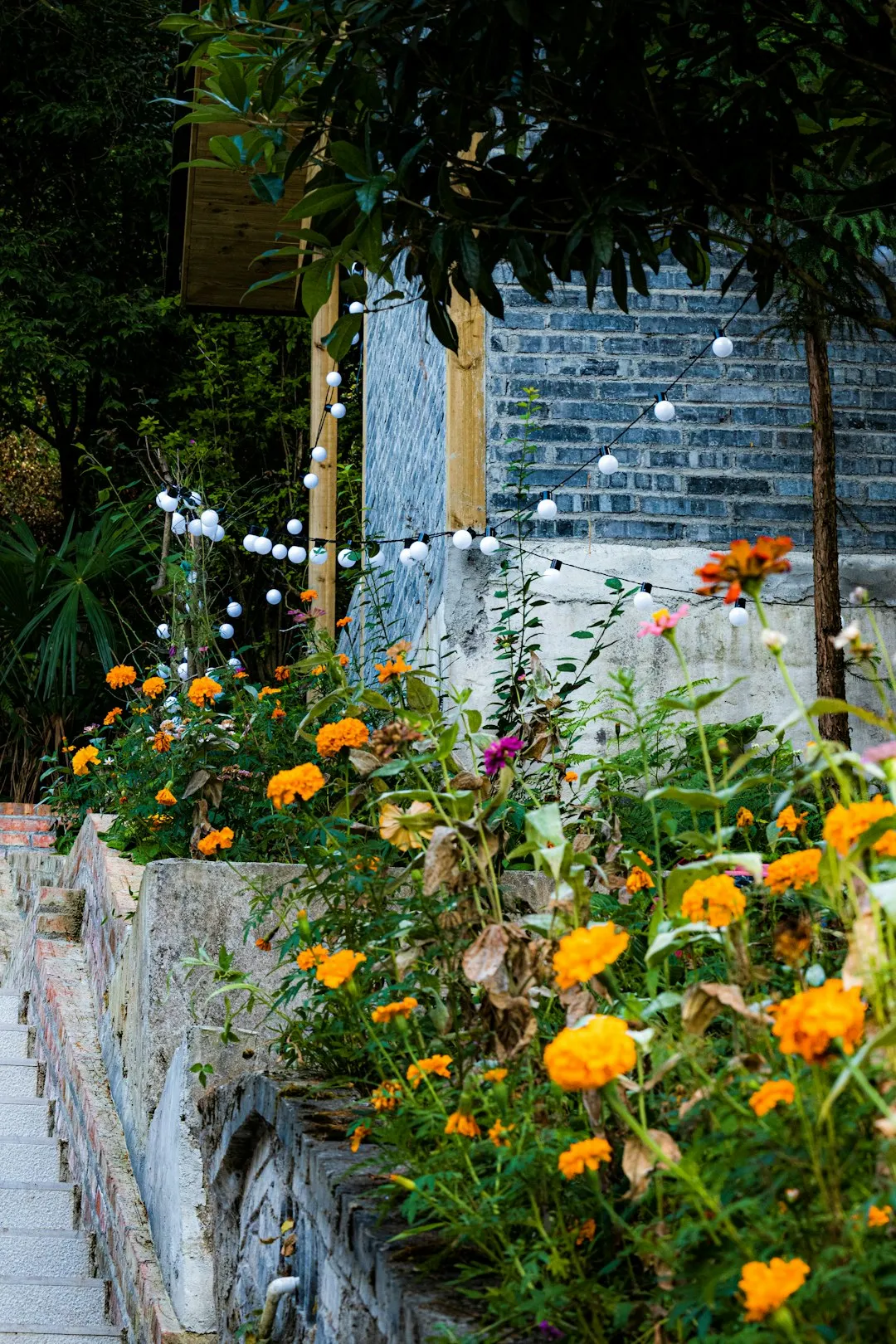Flowering succulents are a delightful addition to any home and garden. These unique plants combine the charm of colorful petals with the hardiness of succulents, making them a perfect choice for both novice and experienced gardeners. In this article, we will explore the world of flowering succulents, from their characteristics to their care requirements.
One of the most appealing features of flowering succulents is their ability to produce vibrant blooms. These flowers come in a wide range of colors, including pink, red, yellow, orange, and purple. Some popular varieties of flowering succulents include echeveria, aeonium, kalanchoe, and sedum. Each of these plants has its own unique flower shape and color, adding a touch of diversity to your garden.
Another advantage of flowering succulents is their ease of care. Most succulents are drought - tolerant, which means they don't require frequent watering. They can store water in their leaves, stems, or roots, allowing them to survive in dry conditions. This makes them ideal for busy people or those who live in areas with limited water resources. When watering your flowering succulents, it's important to let the soil dry out completely between waterings. Overwatering can lead to root rot, which can kill the plant.
Flowering succulents also thrive in well - drained soil. You can use a special succulent potting mix, which is usually a combination of sand, perlite, and peat moss. This type of soil allows excess water to drain quickly, preventing the roots from sitting in water. If you're planting your succulents in the ground, make sure the soil has good drainage. You can improve the drainage by adding sand or gravel to the soil.
Light is another crucial factor for the growth and blooming of flowering succulents. Most succulents need plenty of sunlight to produce flowers. Place your plants in a sunny location, such as a south - facing window or a spot in the garden that gets at least six hours of sunlight per day. However, some succulents, like haworthia, can tolerate partial shade. If you notice that your succulent's leaves are stretching or turning pale, it may not be getting enough light.
Propagation of flowering succulents is relatively easy. You can propagate them from stem cuttings, leaf cuttings, or offsets. Stem cuttings involve cutting a piece of the stem and allowing it to dry for a few days before planting it in soil. Leaf cuttings are taken by gently removing a leaf from the plant and placing it on top of the soil. Offsets are small plants that grow from the base of the parent plant. You can carefully separate them from the parent plant and plant them in their own pots.
When it comes to fertilizing flowering succulents, less is more. These plants don't need a lot of fertilizer. You can use a balanced, water - soluble fertilizer diluted to half strength once a month during the growing season (spring and summer). Avoid fertilizing during the winter months when the plants are dormant.
Flowering succulents can be used in a variety of ways in your home and garden. You can create a beautiful succulent arrangement in a pot or a terrarium. Combine different varieties of succulents with different colors and textures to create an eye - catching display. In the garden, you can plant them in rock gardens, borders, or as ground cover. Their low - maintenance nature makes them a great choice for landscaping projects.
In conclusion, flowering succulents are a wonderful addition to any home and garden. With their colorful petals, easy care requirements, and versatility, they offer a unique and rewarding gardening experience. Whether you're looking to add a splash of color to your indoor space or create a beautiful outdoor garden, flowering succulents are definitely worth considering.
